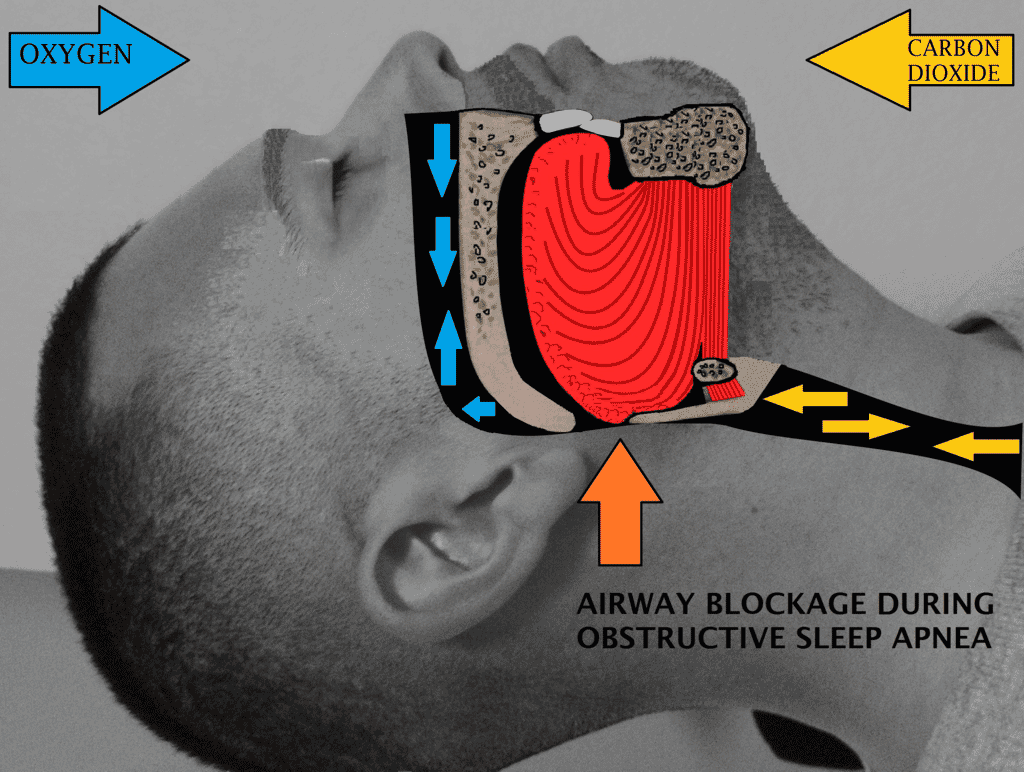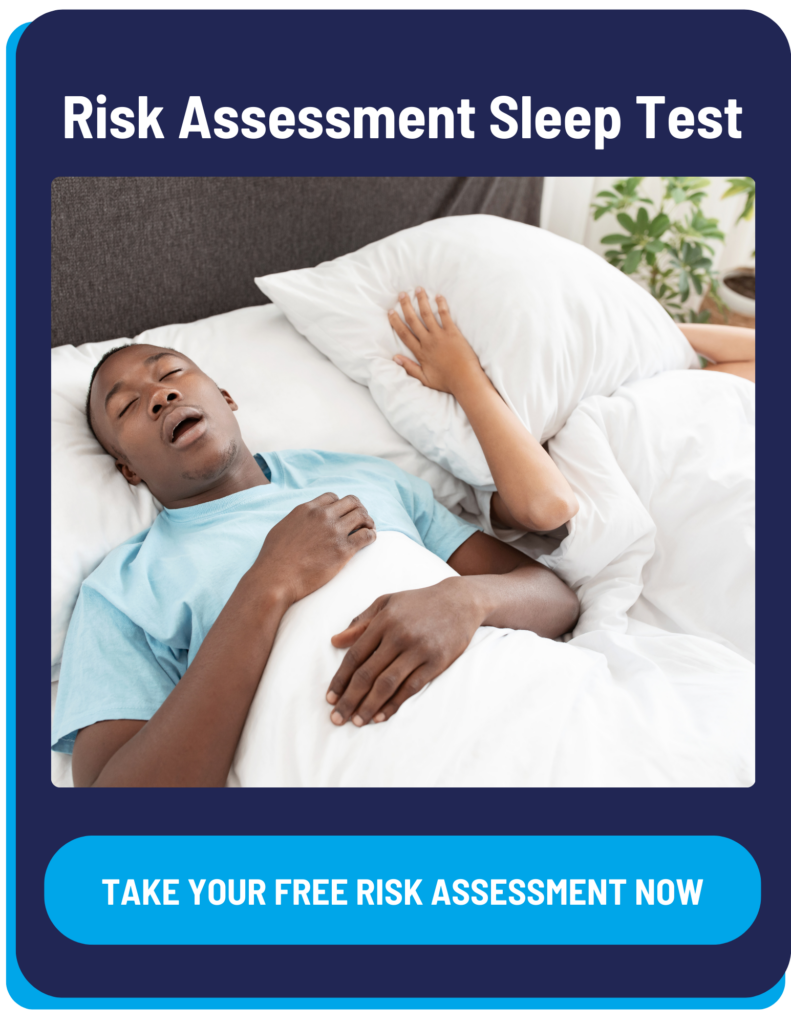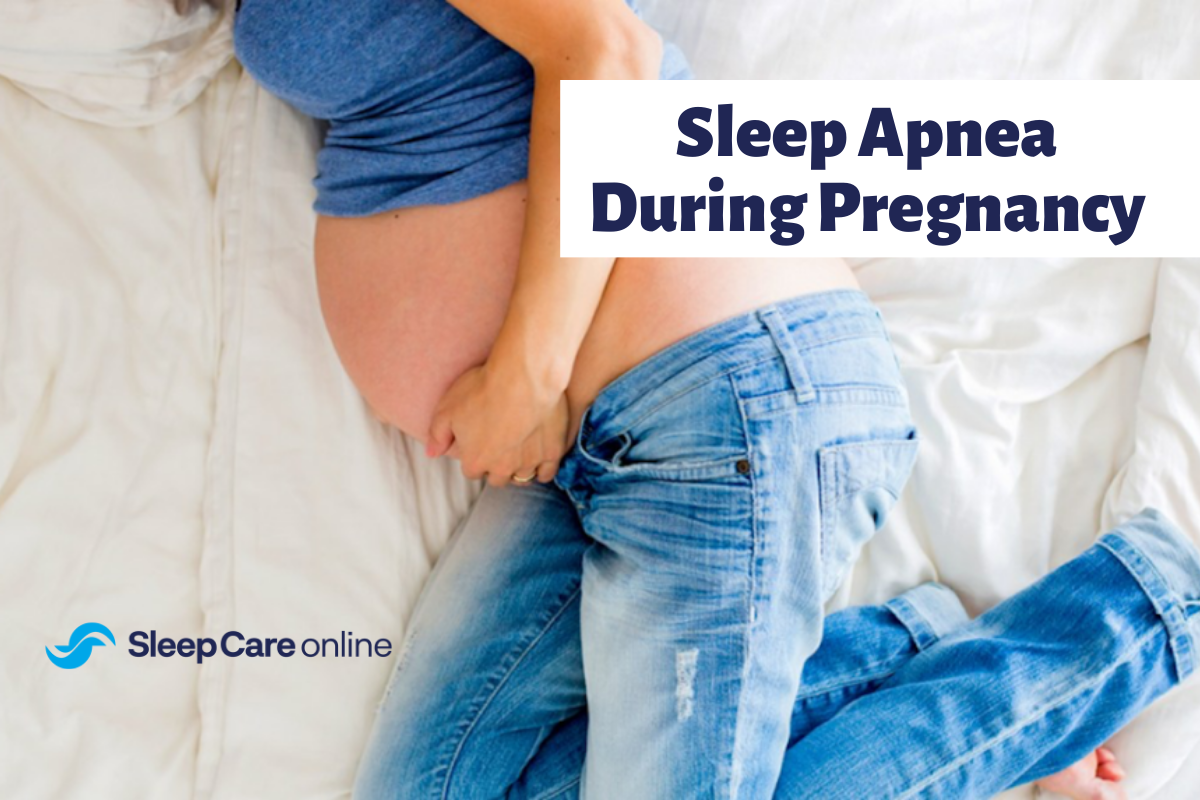What is Obstructive Sleep Apnea?
Obstructive sleep apnea (OSA) is a potentially deadly sleep disorder that affects over 25 million Americans.1 In this condition, an individual’s breathing cuts off at times causing the throat muscles to relax and block the airflow. Next, the brain reacts by forcing the body to wake up, as the individual wakes up gasping for air. Consequently, the disrupted sleep and lack of oxygen cause serious cardiovascular, neurological, and endocrine complications.2
In addition, symptoms of OSA include snoring, observed apnea episodes, excessive daytime sleepiness, migraines, and difficulty concentrating or focusing.

How To Detect Sleep Apnea at Home
Therefore, if you suspect that you have a sleep disorder, the first step is to confirm the diagnosis with a sleep test. The Complete Care package offers a simple and affordable approach to completing a home sleep test:
- With the Complete Care Package, schedule a 10-minute telehealth visit with a healthcare provider to discuss your symptoms, upcoming sleep study, test results, and treatment options.
- A multi-night, disposable home sleep apnea test is mailed to your home to be completed at your convenience.
- A physician analyzes the sleep data and provides a prescription if needed.
- Schedule an optional follow-up appointment (additional fee applies).
- We connect you to sleep experts who can offer customized sleep therapy options, assistance in equipment purchase, and initial set-up.
How To Treat Sleep Apnea Naturally
Likewise, partnered with effective treatment, lifestyle changes play a major role in treating OSA at home.
- Maintain a healthy weight. Obesity can contribute to apneas that result in airways closing and the narrowing of nasal passages.
- Change your sleep position. Studies show that sleeping on your back can contribute to increased apneas throughout the night.4 Sleeping on your side can help keep airways open.
- Avoid alcohol and smoking as these habits aggravate OSA. Healthy living habits directly improve your OSA.
- Try yoga. Regular exercise can help you to increase respiratory resistance and also stimulate blood flow.
- Elevate the head of the bed. If you sleep with your head raised off the bed at a 60-degree angle then the episodes of sleep apnea will decrease. This way of sleeping is effective for patients whose sleep apnea increases when they sleep lying flat on the bed and have problems sleeping on their side.
If you have any questions about getting started, call us at 866.465.4478 or email us at contact@sleepcareonline.com.
References on Sleep Apnea at Home:
- American Academy of Sleep Medicine. Rising prevalence of sleep apnea in US threatens public health. 2014 Sept 29.
- Mayo Clinic. Obstructive sleep apnea. Accessed Oct 2019.
- US National Library of Medicine. February 2014, Joosten, O’Driscoll, Berger, Hamilton. Supine position related obstructive sleep apnea in adults: pathogenesis and treatment.




